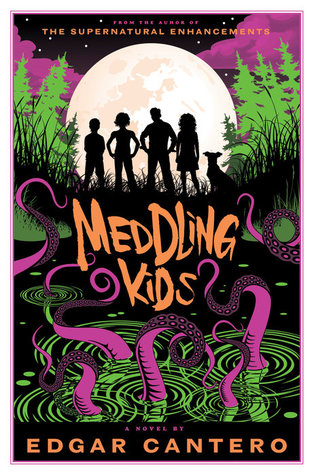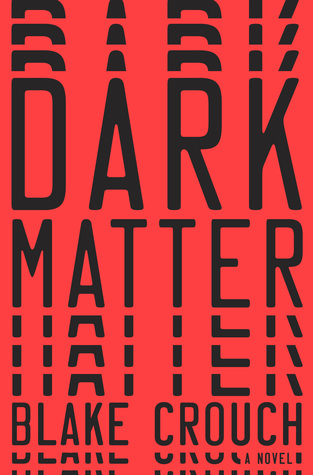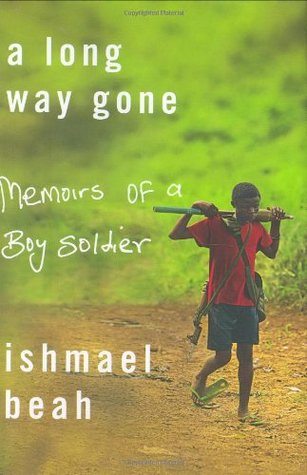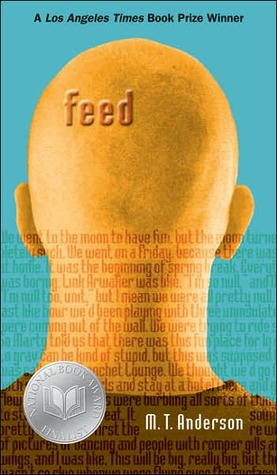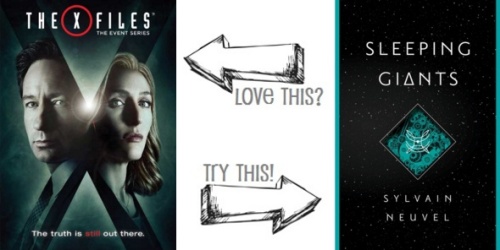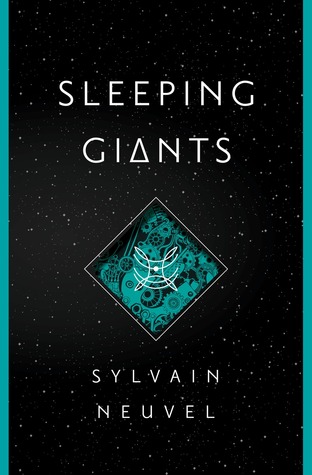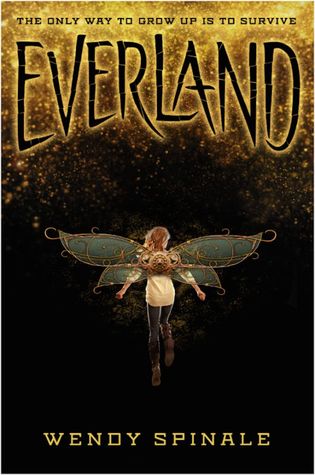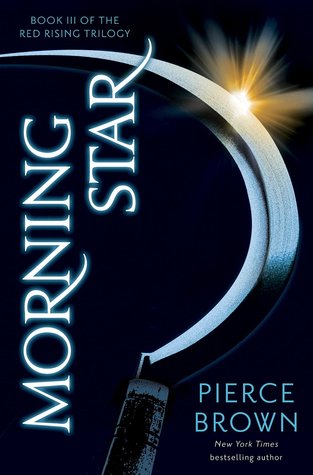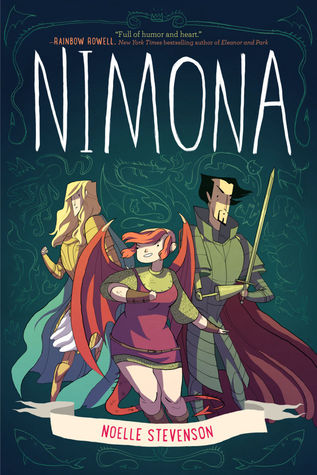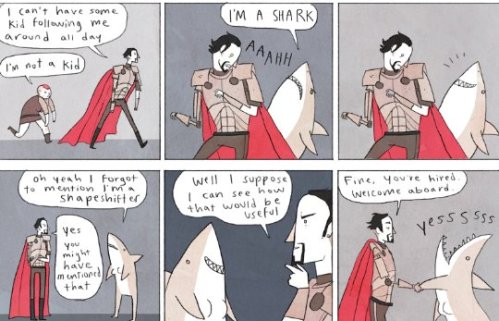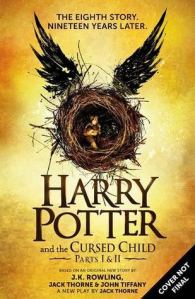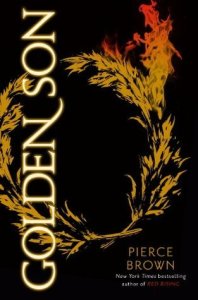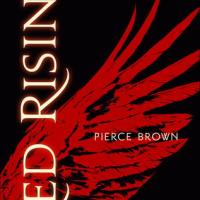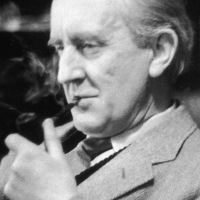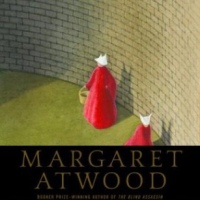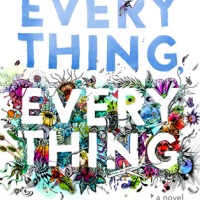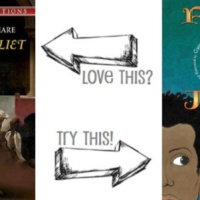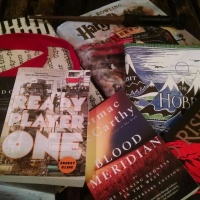First things first, I recently posted about my love for tea and as much as I hate that the internet monitors my searches, it sure does benefit me from time to time. Pinterest recommended a monthly tea subscription service and I got my first delivery a few weeks ago. I was able to tell them about my aversion to cloves and got a very kind “Welcome!” email from the CEO and the Facebook group community. My first style was an Orange Blossom Black Tea and it is so fragrant and delish! They also have a shop with lots of other varieties (all hand blended without any unwanted, mass market additions) and tons of covet-worthy accessories. I’m in love and already spreading the recommendation far and wide, hither and yon. Very much looking forward to my next delivery in a week or so. I was going to put this at the end, but it’s important to talk about what you love.
I recently finished Edgar Cantero’s novel Meddling Kids and, overall, I very much enjoyed it. But it made me think: why must there always be a love interest? Why?!?
From the moment I found out that this novel existed, I was excited to read it. It ticked several of my boxes, being inspired by my childhood obsession (Scooby-Doo and the Gang) and containing elements of the supernatural and true crime. I want to say I first hear about it on a list of books that “will legit scare you;” it did not scare me even remotely, but it was a good mystery/thriller, nonetheless.
1990. The teen detectives once known as the Blyton Summer Detective Club (of Blyton Hills, a small mining town in the Zoinx River Valley in Oregon) are all grown up and haven’t seen each other since their fateful, final case in 1977. Andy, the tomboy, is twenty-five and on the run, wanted in at least two states. Kerri, one-time kid genius and budding biologist, is bartending in New York, working on a serious drinking problem. At least she’s got Tim, an excitable Weimaraner descended from the original canine member of the team. Nate, the horror nerd, has spent the last thirteen years in and out of mental health institutions, and currently resides in an asylum in Arhkam, Massachusetts. The only friend he still sees is Peter, the handsome jock turned movie star. The problem is, Peter’s been dead for years.
The time has come to uncover the source of their nightmares and return to where it all began in 1977. This time, it better not be a man in a mask. The real monsters are waiting.
For a while, I was worried that it might risk irritating me, since I was far from casual about my love for Scooby-Doo. Call it what it is: obsession. Sometimes, if things based on beloved originals take too many liberties, it risks offending the sensitive feelings of the fans, especially if formerly innocent teen characters are portrayed as drug-addicted, alcoholic, suicidal, mentally unstable twenty-somethings. However, I went into it knowing it was one person’s interpretation, so if it didn’t parallel my interpretation, or at least entertain me, I could always opt-out.
At times, the supernatural elements got a little eye-roll-inducing. However, it was at least consistent. It didn’t pepper it in there for occasional flavor; it established a supernatural element pretty early and maintained the “wtf is happening”-ness, but it at least had the decency to have the characters acknowledge the oddness of it all. Cantero meshed some characters, so that both of the girls had Daphne elements and both had Velma elements. Fred’s character (they have different names) was dead but still an active participant (hello, supernatural), and Shaggy’s was decidedly un-Shaggy-like throughout. He made the characters his own while still leaving “Easter eggs” of relevance for the die-hard Scooby fans. I’m also a big fan of a mystery that surprises me; I get a little bummed when I figure out the big reveal before-hand. I didn’t see this one coming and it was a nice surprise.
So that just leaves the ill-fitting love story. Why did that have to exist? In no way is it a spoiler for me to reveal that there was something of a lesbian interest constantly bubbling on a back-burner. That was made evident within the first few pages. However, this was one of those rare, end-of-the-world scenarios that was somehow overshadowed by inconsequential arguments and confusing emotions. These “kids” would find out that supernatural beings exist, and they’d put a pin in that in order to get to the more pressing matter of someone unexpectedly saying the l-word. And what’s with the unrealistic depiction of a girl who is loved by and lusted for by every single other character?!? Please. Enough.
I have little patience for jamming a puzzle piece where it doesn’t fit in order to appeal to more readers, and this just felt like pandering. It’s as though Cantero wrote a perfectly love-free novel and his publishers went back and said, “okay, but this won’t appeal to people who like love stories, so we need to force that in somehow.” No, you don’t. Some books appeal to some people but very few (a.k.a. none) appeal to all, so why taint those that truly appeal to one audience by diluting them with essence-of-other-people’s-interests? The love story was uncomfortable and inorganic, and after suffering through it for 300 pages, it wasn’t even resolved in a way that offered a satisfying ending. They have a VERY rocky road ahead of them.
I won’t even go into my thoughts on a thirty-something male writing the perspective of a teen lesbian. I’m going to let that sleeping dog lie.
Anyway, I gave it four stars, since the overall experience was a pleasant one. Worse comes to worst, I can always skim sections that are dripping with unnecessary sappiness. Am I alone in this?

